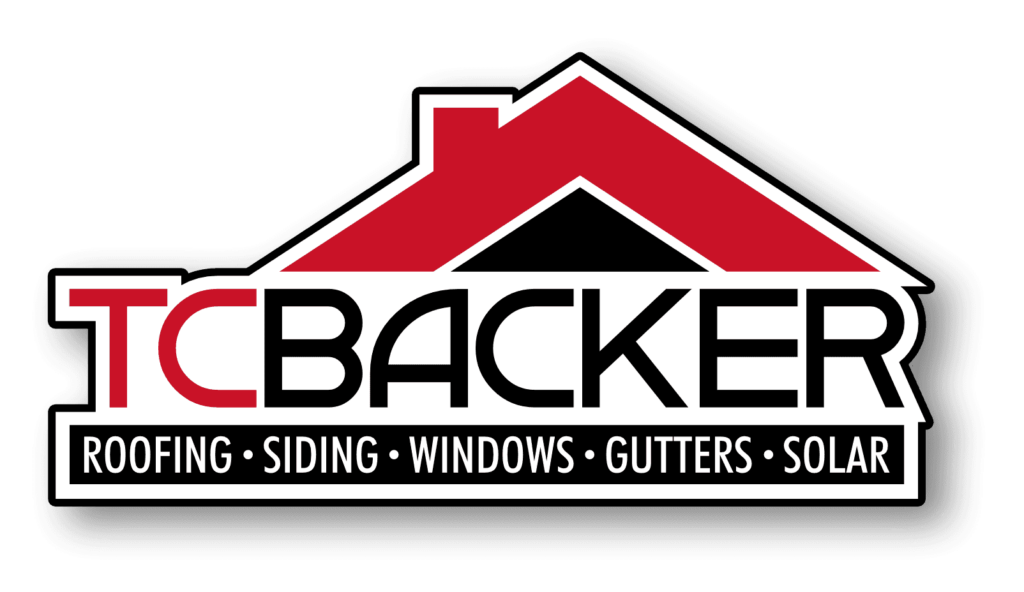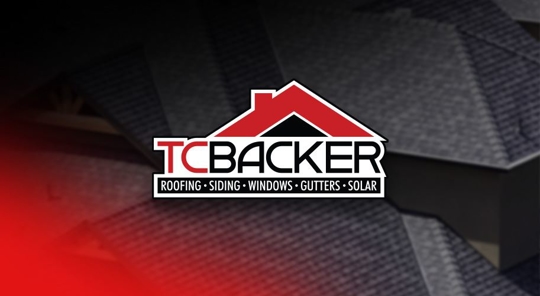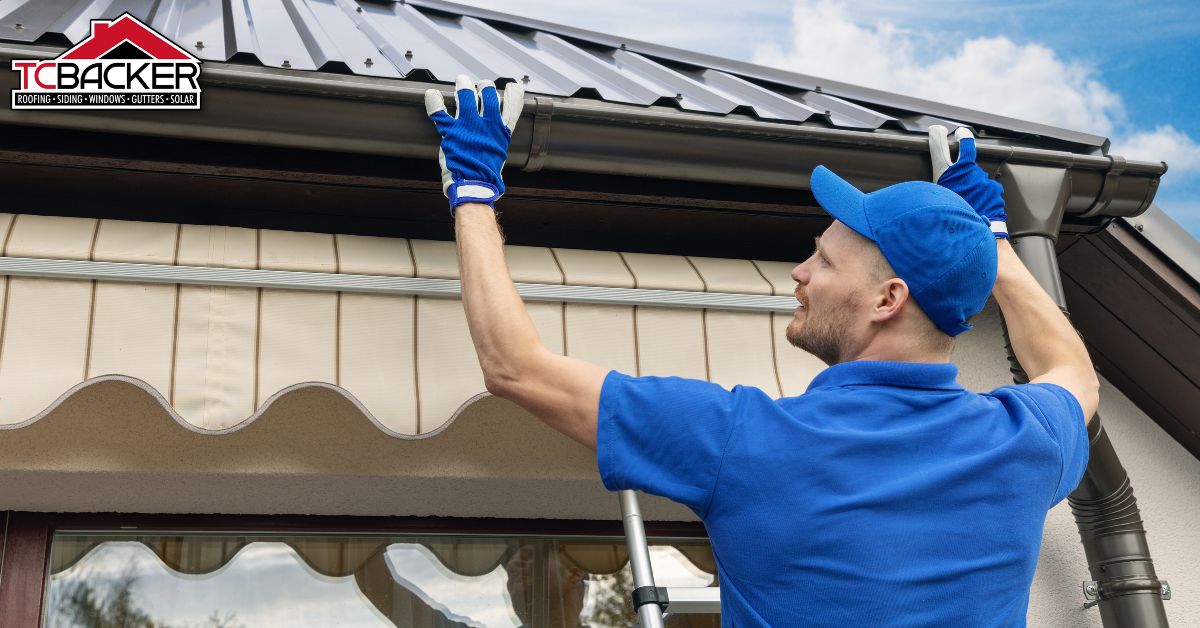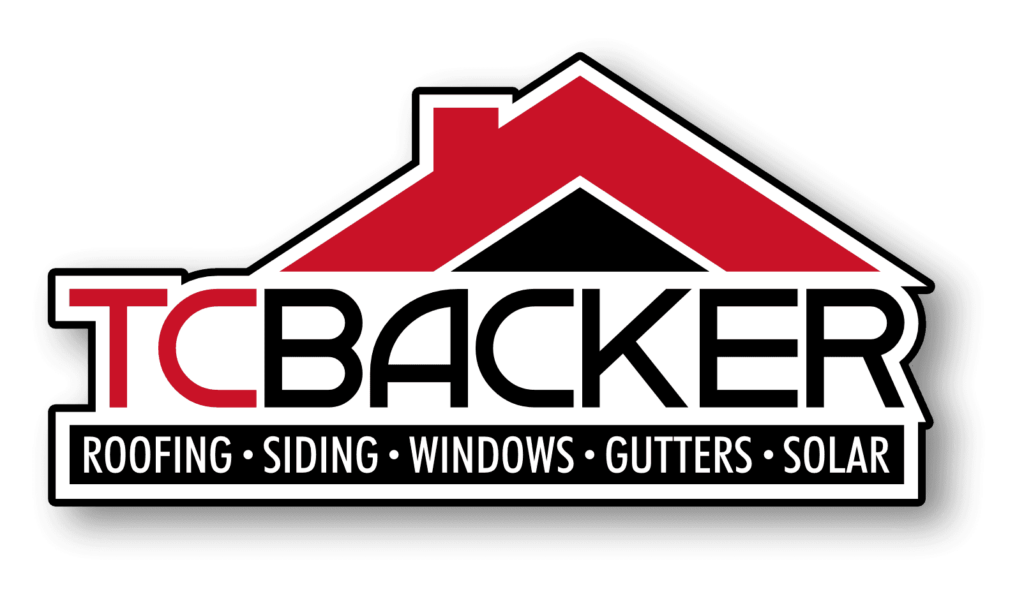Flashing is a flat, thin material used to keep water out of the openings and cracks in a roof. It is installed beneath your roof’s shingles and redirects water to another location.
Metals such as copper, aluminum, stainless steel, and galvanized steel are used to make roof flashing. A roofing contractor can install flashing around doors, gutters, windows, and chimneys. In addition, flashing should be installed on any exterior joint where water drains out, according to High Point Roofing.
Flashing is a critical component of roofing systems. If you intend to install a new roof or replace an existing one, it’s crucial to understand how this essential component affects your roof’s ability to protect you and prevent leaks.
The Important Roof Areas That Require Flashing
These are some examples:
- The front and side walls (the roof surface that joins the wall)
- Valleys (low points where two roof slopes join) (low points where two roof slopes join)
- Protrusions from the roof (bathroom vents, kitchen vents, and skylights)
- Roof edging (eaves and rakes)
What is Flashing & Why is it Important?
Flashing is an essential component of a roofing system, as it protects the interior of a home by preventing water and moisture from entering cracks and openings. Flashing is typically made of long-lasting materials like lead, aluminum, or galvanized steel, which can withstand harsh weather conditions like heavy rain, snow, and hail. The flashing installation usually begins at the roof’s edges and works its way up. It is installed between shingles or panels of a metal roof to create a waterproof barrier that keeps water out. In addition to keeping the interior of your home dry, flashing also helps protect against ice dams that can form during winter months when temperatures drop below freezing. Additionally, it can help prevent damage caused by wind-driven rain. To ensure proper protection and installation of flashing, it should be inspected regularly for any signs of wear or damage.
What Metal Roof Flashings Are Made of?
Flashing materials can vary greatly and be tailored to various cost considerations, architectural designs, and material compatibility. Flashing should integrate with the design elements of a building in addition to providing a waterproof barrier. It should also be adaptable enough to fit into crevices and contours of a structure where flashings are required.
The majority of flashing today is made of metal or rubber. Materials for metal flashings include aluminum, copper, zinc alloy, stainless steel, lead roof flashing, and coated metals such as lead-coated copper, galvanized steel, and anodized aluminum. Acrylic, rubber, rubberized asphalt, and butyl rubber are all flexible flashing materials. In addition, flashing is available as roll roofing or a membrane in one piece, making installation around roof projections easier.
Flashing is typically available in two types in Australia: exposed and concealed. Exposed flashing is generally made of sheet metal. In contrast, concealed flashing is made of metal or flexible material and is used around wall penetrations such as door openings and windows. Colorbond® roof flashing, which is pre-painted steel or unpainted Zincalume® aluminum/zinc alloy-coated steel, is the most common type of exposed flashing. Lead substitutes such as Wakaflex, rubber, or rubberized asphalt are commonly used for concealed flashing.
Where is Flashing Needed on a Roof?
Its performance is dependent on adequately installed flashing. Poor installation may result in roof deterioration, water penetration, and other long-term problems. It’s required in a few areas of your roof that are particularly prone to leaks, including the following:
Skylights: Skylights are typically built into roofs with raised wood curbs to allow for flashing. Some skylights may already have flashing built in. Before selecting the best skylight for your roof, you must understand the differences and consult with your contractor.
Chimneys: Flashing must be installed in several parts around the base of any vents on your roof. To keep your interior dry, it’s critical to seal the area around your chimney.
Vents: Roofs need vents to work correctly. Hood and pipe vents provide ventilation, but they must be flashed to prevent water from entering your roofing system. Flashing seals the gap between roof materials like shingles, ventilation pipes, and hood vents. This prevents rainwater from entering your home through this gap. The flashing should be installed according to local building codes to ensure safety. In addition, installing flashing near vents reduces mold growth and damage from insects and animals trying to enter your home. Flashed joints should be checked regularly and repaired or replaced to prevent water from entering your roofing system.
Valleys: Flashing must be installed where two glens meet on sloped roofs. This is where two sloping roof planes meet and form an angle, notorious for allowing water to penetrate if flashing is not installed correctly.
This is a partial list of flashing locations. If you have questions, your qualified contractor can provide a complete flashing location list.
Contact TC Backer Construction about flashing and your next roofing project. Our roofing system experts can provide additional information and product recommendations. Start by contacting our team!
The post What is flashing on a roof? appeared first on TC Backer Construction.





